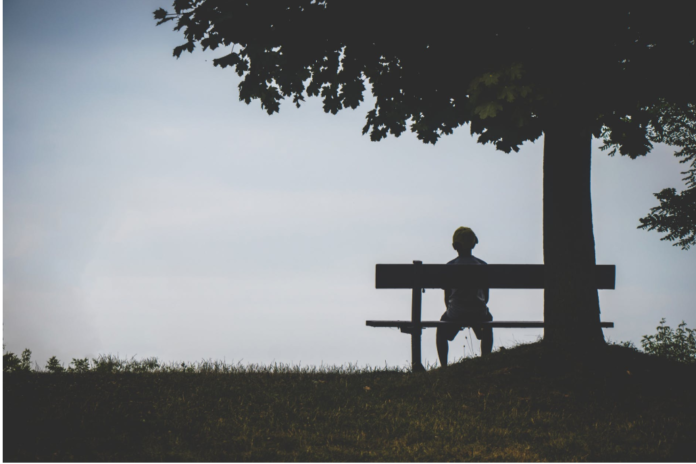by Mae Chun
The world took notice when, in January 2018, Britain announced that it has established a Ministry of Loneliness, a concerted and dedicated effort to battle the ‘silent epidemic’ of adult loneliness that eventually ends up burdening the health system.
In Canada, research has shown that about one in five Canadians experience some level of loneliness. Not surprisingly so, the most vulnerable population group are the elderly and that the most common cause of loneliness is social isolation often defined as a lack in quantity and quality of social contacts. In 2016, Statistic Canada reported that 28% of households had only 1 person living in them. That’s a record high number and trending in a worrisome direction.
So, what is the profile of someone who might be vulnerable to social isolation?
- Those who live alone
- Those who are elderly (generally 55+)
- Those living on low income
- Lack of literacy & language skills
- Newcomers to Canada
- Those with poor physical and/or mental health
- LGBTQ population
Note that while no single factor is a predictor of social isolation, the combined presence of any of the above factors will increase the vulnerability. For example, an elderly individual with poor physical health who lives alone is very vulnerable to social isolation.
According to Statistics Canada, seniors (ages 65 and up) are at greater risk of becoming lonely and socially isolated, due largely to factors that limit social contact, such as declining income, mobility issues, and death of friends and family. Canadian research has found that one in six older people are socially isolated, while rates of social isolation for older adults living in collective dwellings (such as retirement homes or long term care facilities) have been reported to be as high as 43 percent. Medical studies have found that loneliness has the “same impact on mortality as smoking 15 cigarettes a day, making it even more dangerous than obesity.”
To date, the issue of social isolation remains hidden and difficult to address, despite its well-documented toll on physical and mental health that eventually affects us all. On a more optimistic note, it has been demonstrated that, with concerted and collective action, social isolation can be mitigated, and its damaging effects reversed. With that knowledge in mind, it falls upon all of us, as citizens of a community, to do all we can to look out for and reach out to our elderly neighbours. Be a buddy to someone who has no one else. Your generous gesture will save lives!










